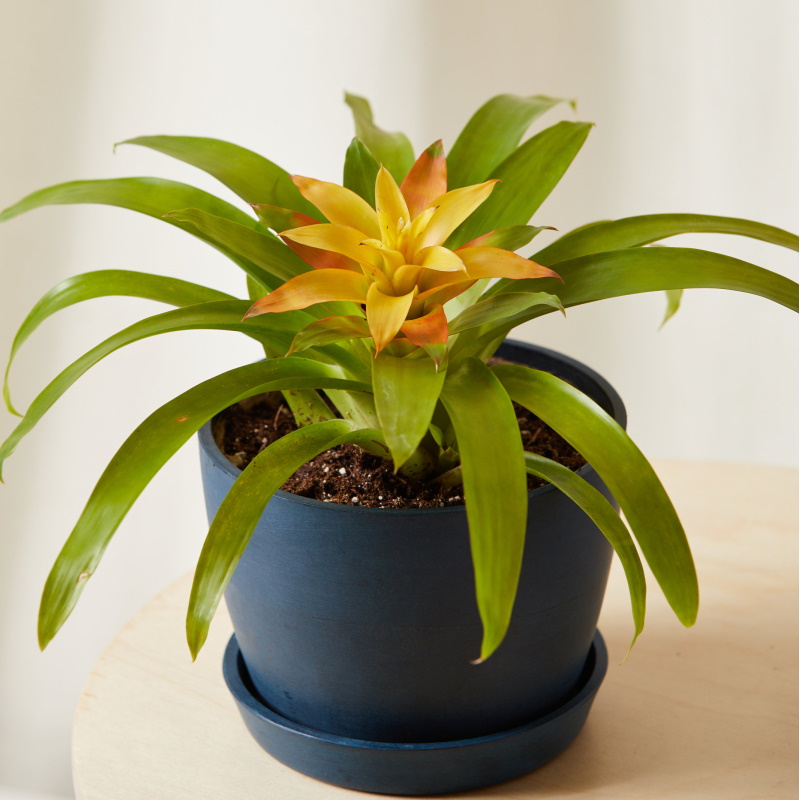How to care for bromeliads after flowering – expert advice for bloom aftercare
Bromeliads will only flower once, but that doesn't mean it's time to throw this houseplant out
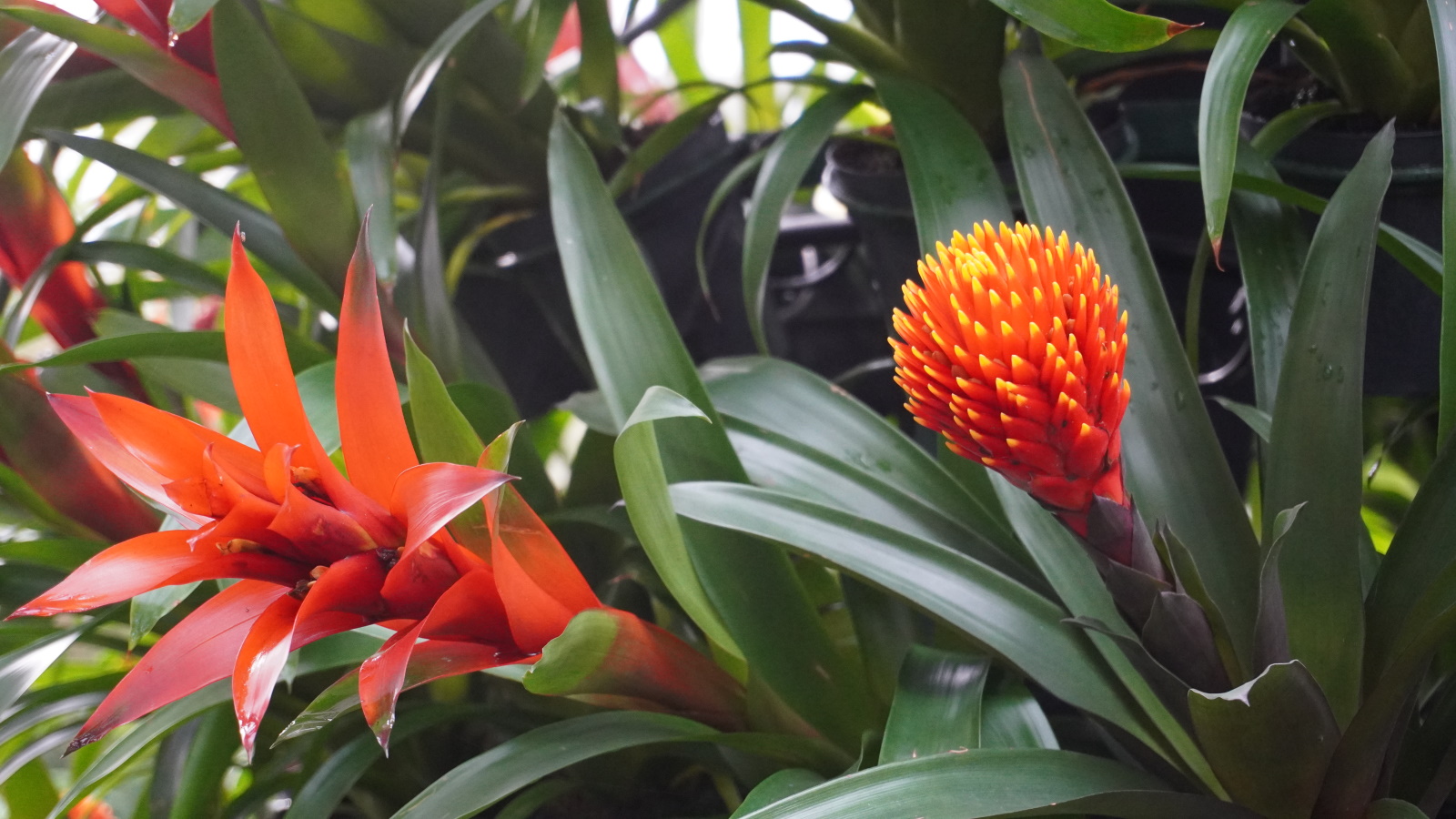

Among the best indoor flowering plants are bromeliads - striking plants loved for their unusual and bright flowers.
Bromeliads are popular indoor plants native to central and southern American rainforests. There are more than 3000 species, offering many unique flower shapes and ranging in colors of red, pink, yellow and even blue.
They are loved for their unique blooms which can be sure to brighten up any room. However, unlike many indoor plants that flower all year round, the majority of bromeliads will only flower once.
'Most bromeliads flower once in their lifetime and then typically die back,' says Autumn Hilliard-Knapp, houseplant expert from Perfect Plants. 'However, some bromeliad species, such as dyckias, Hechtias genera and certain tillsandias can bloom more than once,' she adds.
It can be a sad sight to see those gorgeous blooms fade away, but don't be too quick to throw them out. Experts have shared with us exactly what you should do with your bromeliad once it has finished flowering.
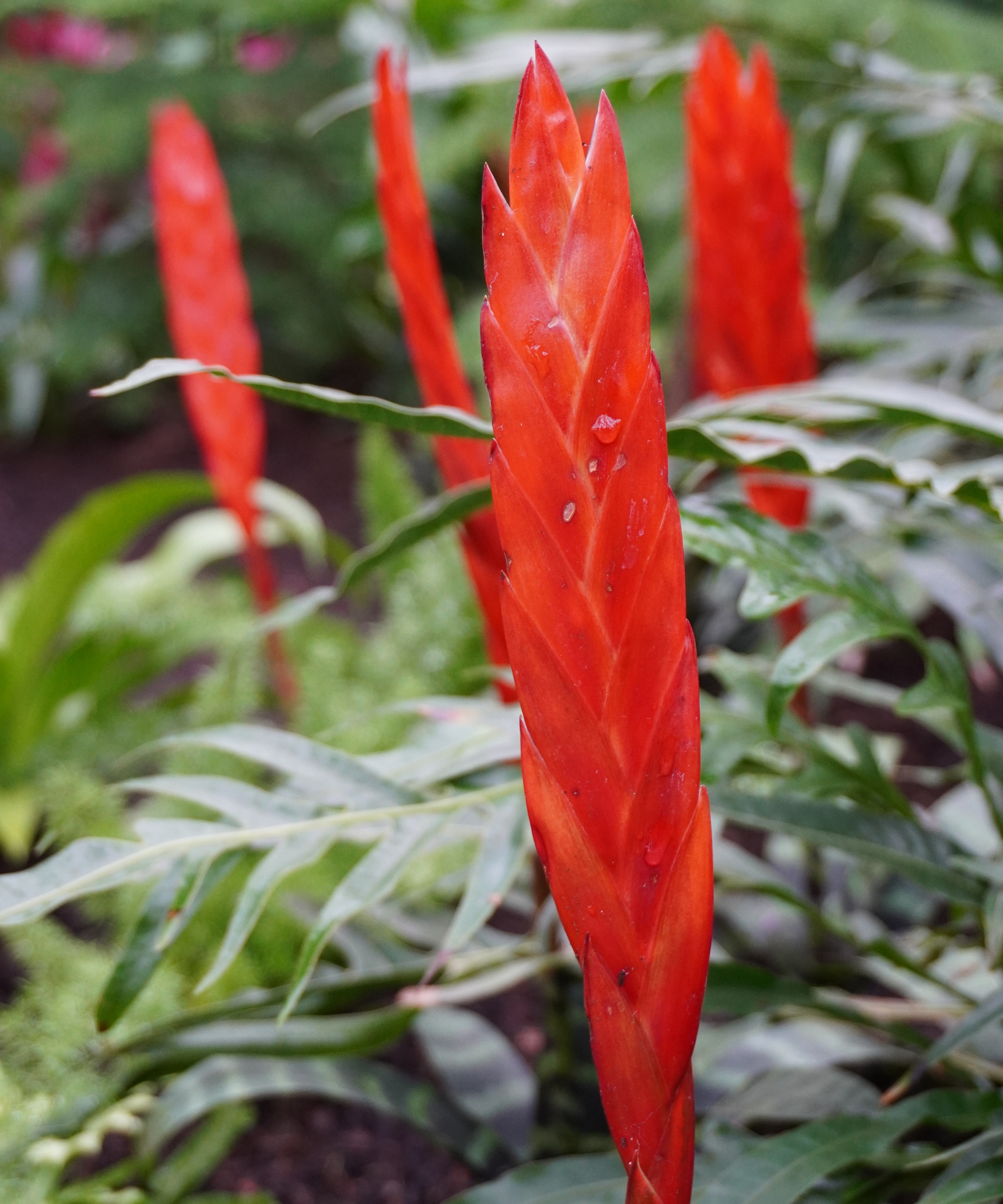

Autumn is a horticulture specialist and marketing professional at Perfect Plants Nursery. With four years of experience in the horticulture industry, she has developed a passion for helping people create beautiful indoor and outdoor spaces to enjoy. Her expertise in horticulture encompasses a broad range of activities, including plant care and selection, landscape design, and maintenance.
What to do with bromeliads after flowering
Unlike other flowering houseplants, like orchids and African violets, bromeliads will only flower once in their lifetime. However, their fading blooms aren't a sign to throw the plant out.
Provide care for your dormant bromeliad

In the first instance you might assume you don't need to continue looking after a bromeliad once its flowers are spent. However, your bromeliad isn't quite done yet.
'Once a bromeliad finishes flowering, the plant won’t flower again. Eventually the plant will die back, at which point you can compost it,' says Julie Bawden Davis, indoor plant expert at Healthy Houseplants.
'However, before it dies back, the plant will generally send out what are known as pups, which form next to the mother plant,' she adds.
If you keep on top of care for your bromeliad, it will grow baby plants which can then be propagated to reward you with more blooms. You should deadhead these indoor flowering plants after blooming to help them grow these offsets.
'Once a bromeliad finishes flowering, it is best to continue with your regular care routine to maintain the plant's health and encourage new growth,' says Autumn. 'This includes providing the plant with adequate bright, indirect light to support photosynthesis and growth,' she adds.
It's also key to keep your bromeliad at a happy moisture level. 'Watering should be done from the top and by moistening the soil when needed, allowing it to partially dry out between waterings to prevent root rot,' Autumn says.
You may also find it useful to keep humidity levels up, like with this humidity tray from Amazon or this plant mister from Amazon, to replicate the tropical native environment on bromeliads.
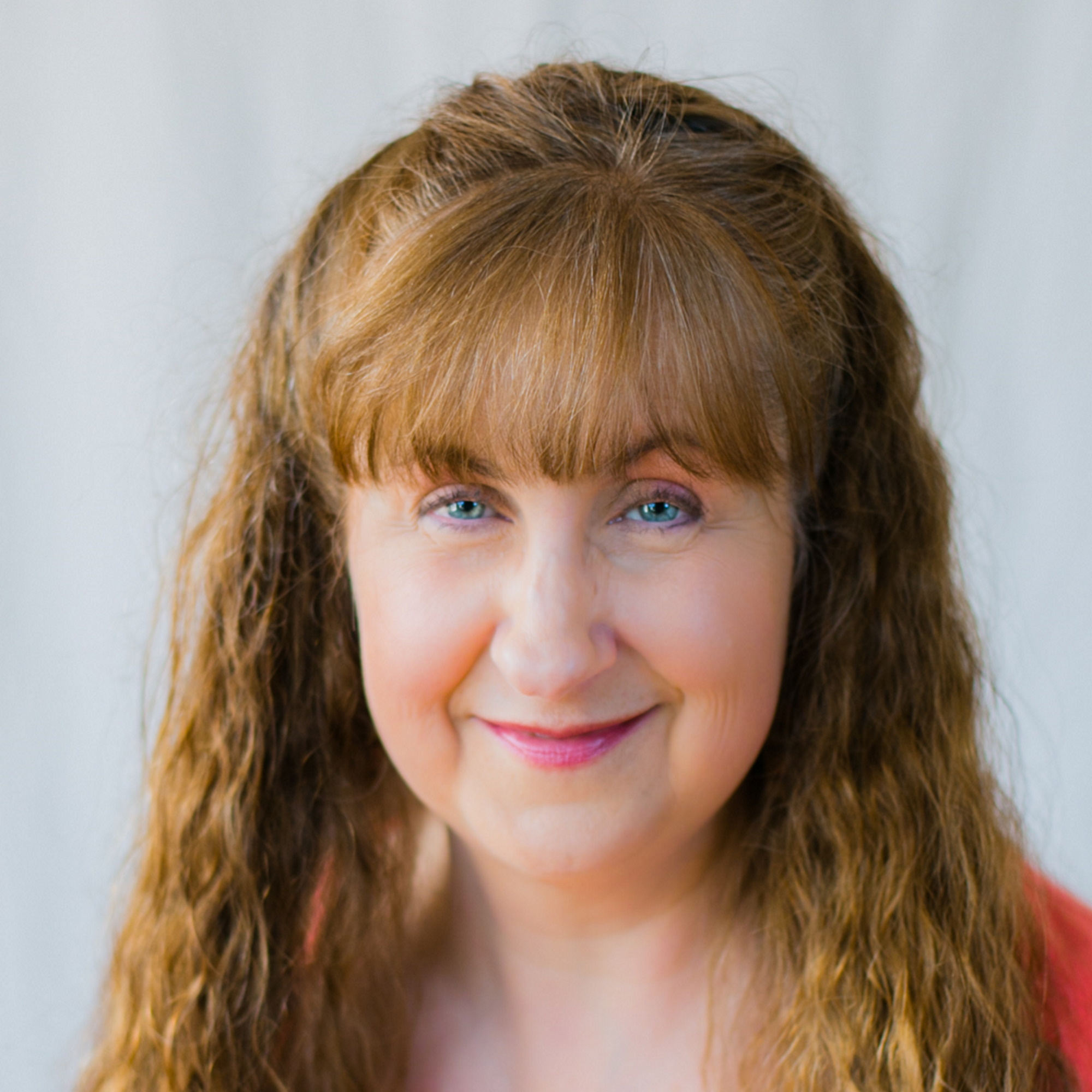
Julie Bawden-Davis is a garden author and University of California Certified Master Gardener, who has written several gardening books, including Indoor Gardening The Organic Way. In addition to running HealthyHouseplants.com, she shares indoor gardening advice on her YouTube channel @HealthyHouseplants.
How to propagate bromeliads
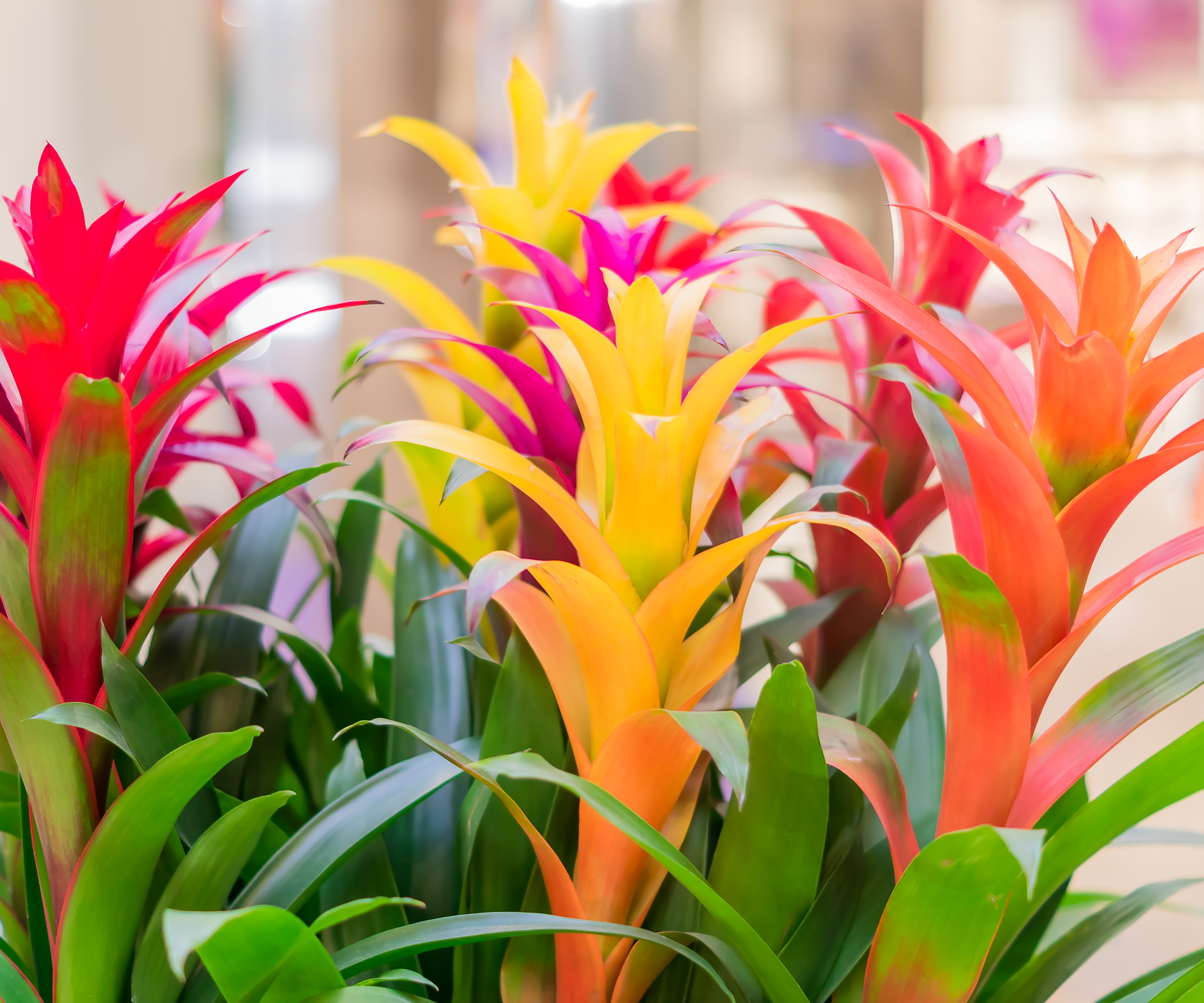
Bromeliad pups, or baby plants, will look like smaller plants growing alongside the parent plant.
By keeping on top of care, with sufficient light, warmth and water, the pups will grow bigger until they are ready to be potted up as their own plants.
'Wait for the pups to mature,' says Autumn. 'They will grow in size and develop their own roots and leaves. Allow the pups to reach a size where they are at least one third the size of the parent plant before attempting to move them,' she adds.
When the pups have grown large enough, you should carefully separate them from the base of the parent plant. Take care not to damage its roots in the process and use sterile tools, such as a knife or these plant scissors from Bloomscape.
You can then plant each of the pups in its own pot. 'Position it so that the base of the pup is slightly above the surface of the soil and gently firm the soil around the base of the pup to provide stability,' says Autumn.
To keep the new plants happy, simply treat it as a mature plant with optimal care and growing conditions and watch as new blooms emerge.
'You may also want to fertilize the pups when they get larger, which will help them bloom,' says Julie.
Shop bromeliads online
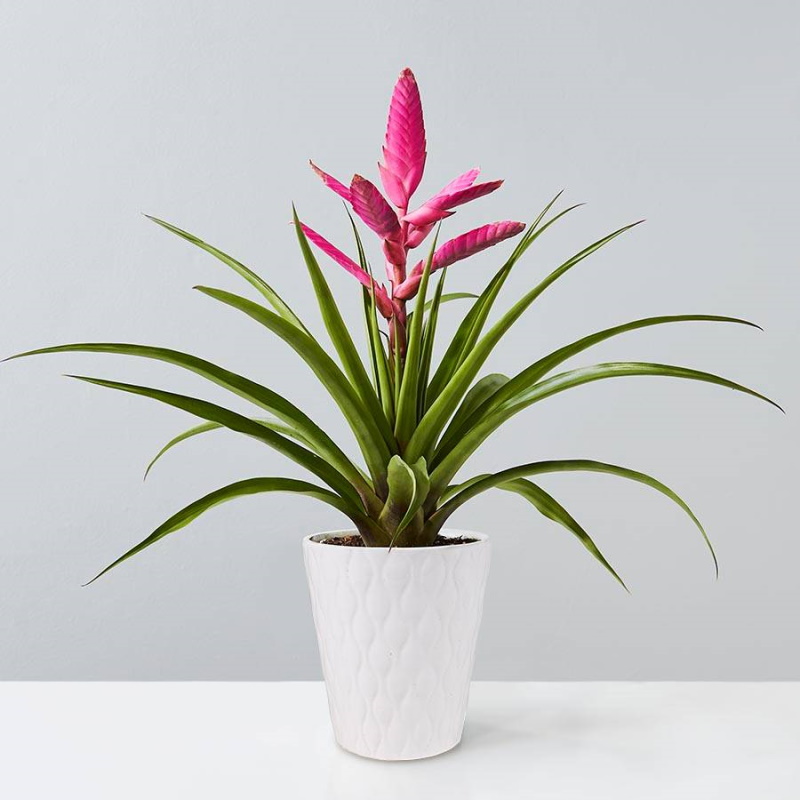
This vibrant pink bromeliad has lush foliage and long-lasting blooms. Arrives with a white ceramic container.
FAQs
How long do bromeliads flower for?
If you provide your bromeliad houseplant with optimal conditions, including lots of bright light, consistent moisture levels and higher humidity, it can bloom for months on end.
'The duration of flowering for bromeliads can vary depending on the species, environmental conditions, and cultivation practices. Typically, the flowering period is up to six months,' says Autumn Hilliard-Knapp, houseplant expert from Perfect Plants.
It's true that these tropical indoor plants only flower once, but don't be too quick to throw them out. Giving your bromeliad regular care even after it has finished flowering will reward you with healthy offsets that will grow more of these striking, bright blooms.
Sign up to the Homes & Gardens newsletter
Design expertise in your inbox – from inspiring decorating ideas and beautiful celebrity homes to practical gardening advice and shopping round-ups.

Tenielle is a Gardens News Writer at Homes & Gardens. She holds a qualification in MA Magazine Journalism and has over six years of journalistic experience. Before coming to Homes & Gardens, Tenielle was in the editorial department at the Royal Horticultural Society and worked on The Garden magazine. As our in-house houseplant expert, Tenielle writes on a range of solutions to houseplant problems, as well as other 'how to' guides, inspiring garden projects, and the latest gardening news. When she isn't writing, Tenielle can be found propagating her ever-growing collection of indoor plants, helping others overcome common houseplant pests and diseases, volunteering at a local gardening club, and attending gardening workshops, like a composting masterclass.
-
 How to clean a patio – 6 different methods, and when you must use a chemical cleaning agent
How to clean a patio – 6 different methods, and when you must use a chemical cleaning agentFrom manual scrubbing, natural solutions or calling in the pros, industry experts reveal the benefits and considerations of each method
By Andy van Terheyden Published
-
 Kris Jenner's favorite air fryer, the Ninja Crispi, is the perfect small kitchen solution – it deserves a place on the most compact of countertops
Kris Jenner's favorite air fryer, the Ninja Crispi, is the perfect small kitchen solution – it deserves a place on the most compact of countertopsKris approves of this compact yet powerful air fryer, and so do our own kitchen appliance experts, praising it for its multifunctionality
By Hannah Ziegler Published
